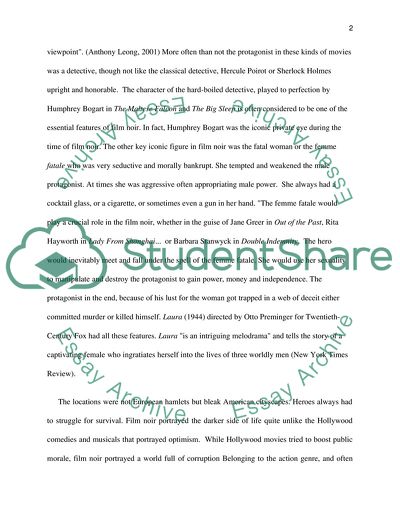Cite this document
(Film Noir: A Popular Film Movie Review Example | Topics and Well Written Essays - 1750 words, n.d.)
Film Noir: A Popular Film Movie Review Example | Topics and Well Written Essays - 1750 words. https://studentshare.org/visual-arts-film-studies/1713865-film-noir-a-popular-film
Film Noir: A Popular Film Movie Review Example | Topics and Well Written Essays - 1750 words. https://studentshare.org/visual-arts-film-studies/1713865-film-noir-a-popular-film
(Film Noir: A Popular Film Movie Review Example | Topics and Well Written Essays - 1750 Words)
Film Noir: A Popular Film Movie Review Example | Topics and Well Written Essays - 1750 Words. https://studentshare.org/visual-arts-film-studies/1713865-film-noir-a-popular-film.
Film Noir: A Popular Film Movie Review Example | Topics and Well Written Essays - 1750 Words. https://studentshare.org/visual-arts-film-studies/1713865-film-noir-a-popular-film.
“Film Noir: A Popular Film Movie Review Example | Topics and Well Written Essays - 1750 Words”. https://studentshare.org/visual-arts-film-studies/1713865-film-noir-a-popular-film.


